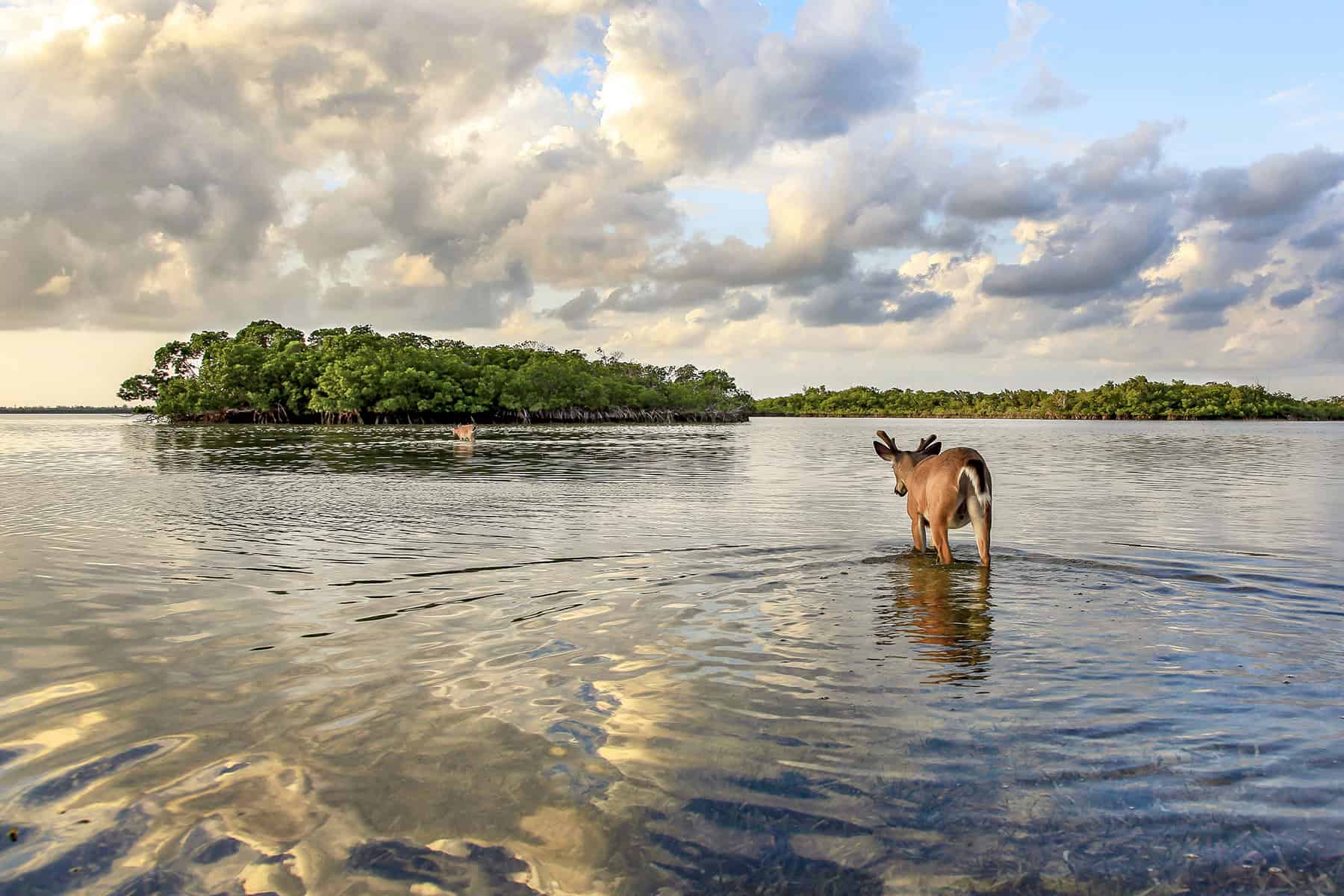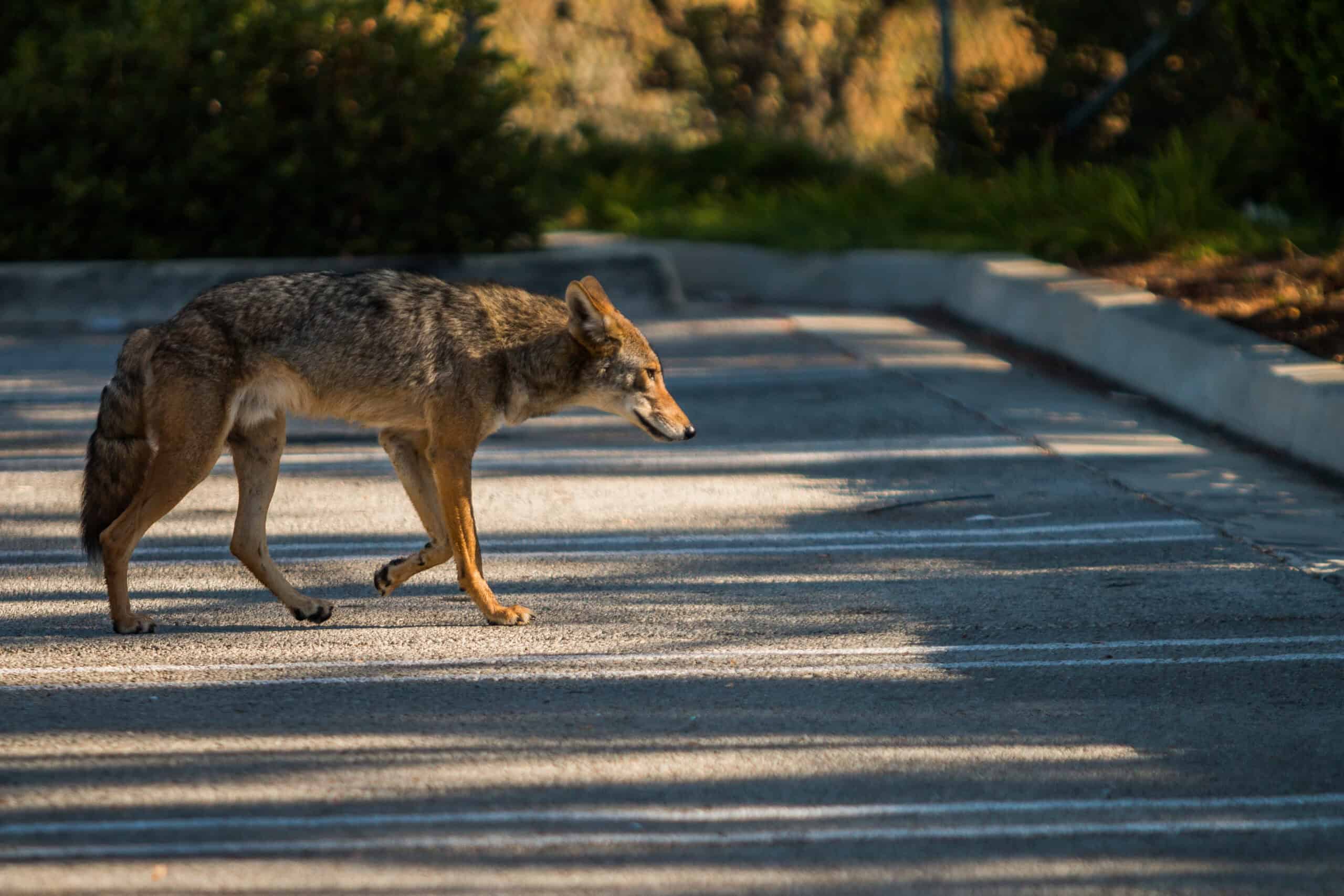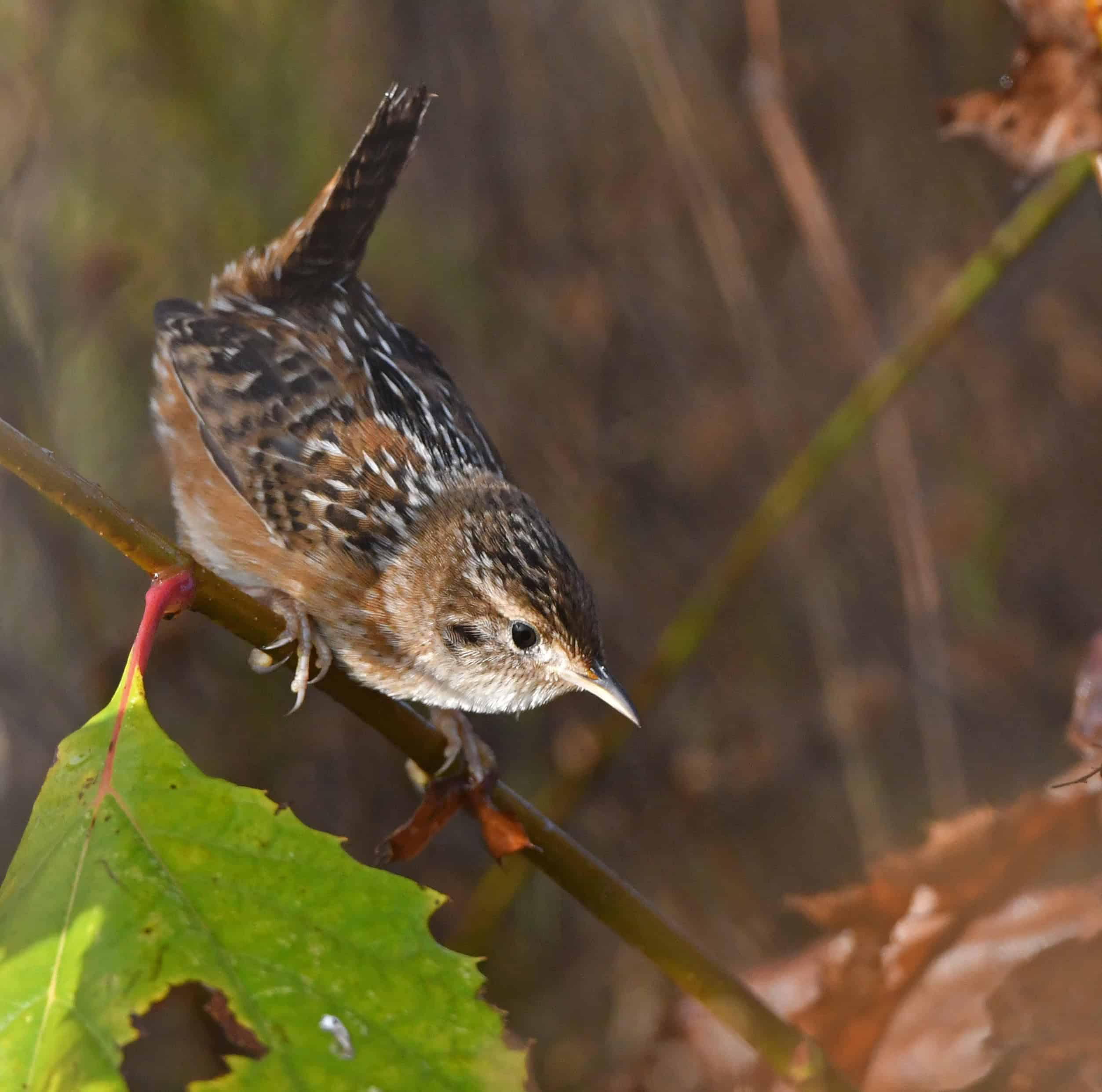Share this article
Human presence creates fear response in predators
For large carnivores, humans are the primary predator. So do these species respond fearfully to humans the way prey normally does in the presence of predators?
In a study published in Ecology Letters, researchers set out to answer this question and found carnivores’ response to humans can have repercussions throughout the ecosystem.
“We know humans have all sorts of impacts on wildlife behavior,” said TWS member Justin Suraci, a postdoctoral scholar in the environmental studies department at the University of California, Santa Cruz, who led the study. “It’s difficult to determine the effects of just the fear of human presence when we have all of these other factors like vehicles and habitat degradation.”
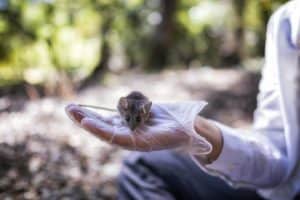
Deer mice and wood rats took advantage of their predators decreased activity when human sounds were present. ©Aria Crabb
In the study, Suraci and his colleagues chose two sites in the Santa Cruz mountains of central California that were closed to the public but surrounded by big, urban areas. They broadcasted human voices in some areas and tree frog sounds in others and used collars to monitor the behavior of larger predators like mountain lions (Puma concolor), trail cameras to measure the behavior of smaller predators like skunks (Mephitis mephitis) and opossums (Didelphis virginiana) and small mammal traps to detect behavior of deer mice (Peromyscus maniculatus) and wood rats (Neotoma spp.). Then, they switched the sounds in the two sites and recorded the same data.
“In general all of the larger species and mammalian carnivores were behaviorally suppressed in one way or another by humans,” Suraci said. Mountain lions reduced their use of the areas with the human sounds overall, avoiding the specific speaker locations. They moved slower and more cautiously where they perceived humans to be present.
For the smaller predators, skunks reduced their overall activity in these areas, opossums reduced their foraging activity and bobcats (Lynx rufus) became strictly nocturnal.
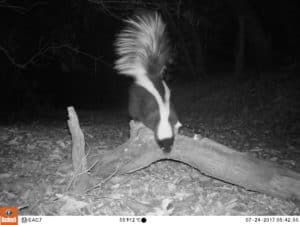
Species like skunks reduced their overall activity when researchers played the sound of human voices. ©Justin Suraci
“The really interesting thing is that all of this behavioral suppression of predatory species benefits mice and rats,” he said. Rodents, the team found, move around more and use more of the landscape when the predators are hiding.
If these types of community-level responses are common in areas with human activity and persist over time, Suraci said, there can be a shift in the dynamic of predators and prey. That can include an increase in rodent populations, he said, and lead to more disease transmission — even to humans. Because mice are also major seed dispersers, changes to plant communities can occur as well.
“Even if we’re not cutting down forests and turning them into shopping malls, we can change the behaviors predators engage in,” Suraci said. “High human activity even in otherwise decent habitat affects pumas and could make it nonviable habitat for these animals.”
For Suraci, the research supports measures put into place in protected areas to concentrate human activity in certain areas and at certain times of day.
“It’s important to note that even though recreational activity could impact wildlife, we don’t want to get rid of recreational activity,” he said. “It’s important. But we can make habitat less disturbed for wildlife.”
Header Image: Pumas tended to reduce their use of areas with human sounds. They moved slower and more cautiously when they perceived human presence. ©Sebastian Kennerknecht






